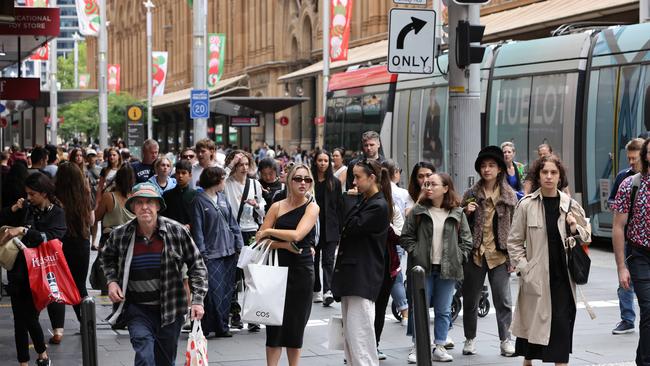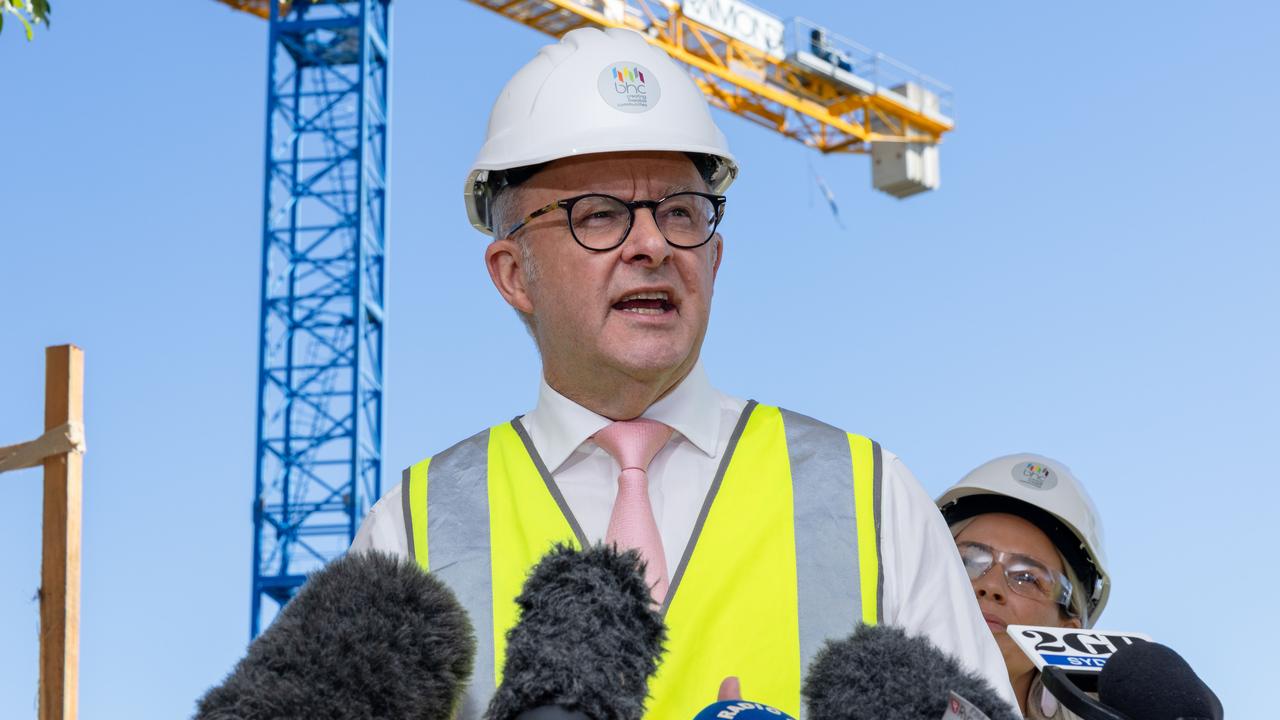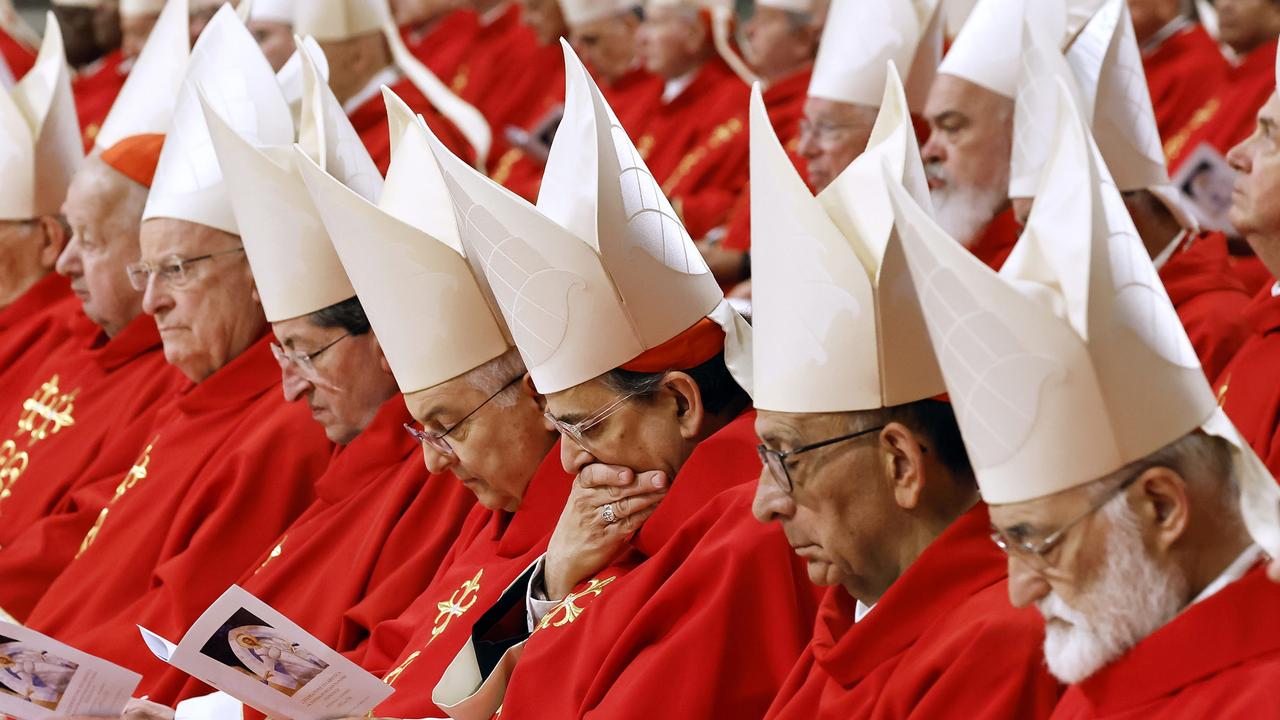
Wages are forecast to grow by 4 per cent next financial year, the fastest rate since 2009.
If Treasury is right, and voters should be sceptical given its forecasting history, it will be a remarkable turnaround.
Following years of stagnating wages under the Coalition, the horror 7.8 per cent increase in inflation through 2022 overshadowed the fact that the 3.3 per cent growth in wages over the same period was the strongest since 2012.
Six months ago, real wages were expected to begin rising again by June next year. Now Treasury says that will start happening at the start of 2024.
If you think you’ve heard this before, you’d be right.
But while the Coalition sat on its hands for nine years, Labor has made a series of policy interventions, including funding for aged-care pay rises, explicit support for significant minimum wage increases and bargaining law changes, to deliver on its promise to get wages moving again.
Given the cost-of-living pressures being felt across the community, the package of financial support measures, along with the forecasts of moderating inflation and growing wages, should be generally welcomed by the electorate.
But the government is also keen to address the idea from some catastrophists that the return to modest real wages growth will somehow morph into a wage-price spiral driven by unions capitalising on the imminent introduction of multi-employer bargaining.
It says bluntly there are “no signs of a wage-price spiral developing and medium-term inflation expectations remain well anchored”, with the CPI falling to 3.25 per cent over the next 12 months and 2.75 per cent by mid-2025.
Over the same period, wages growth, after rising to 4 per cent by June next year, will drop to 3.25 per cent in 2024-25.
Interestingly, Treasury is anticipating the Fair Work Commission will for a second consecutive year deliver inflation level pay rises to the nation’s lowest paid on July 1.
The commission last year delivered increases in minimum and award wages ranging from 4.6 to 5.2 per cent. The government is this year again backing inflation-level increases for the lowest paid. Treasury says such an outcome, along with the 15 per cent aged-care pay rise, will add an extra 0.5 per cent to wages growth.
If the forecasts are correct, pay packets will outpace inflation for the first time in three years. But only modestly.
Rather than a wages breakout, there is more chance that inflation will not moderate as forecast due to factors out of Labor’s control.
There could be a more pronounced slowing in the world economy while uncertainty remains about the ongoing impacts of Russia’s invasion of Ukraine. It’s time for more reality and less hysteria in the IR debate.




The budget predicts workers will go from enduring record real wage cuts to a return to real wages growth in just 14 months.